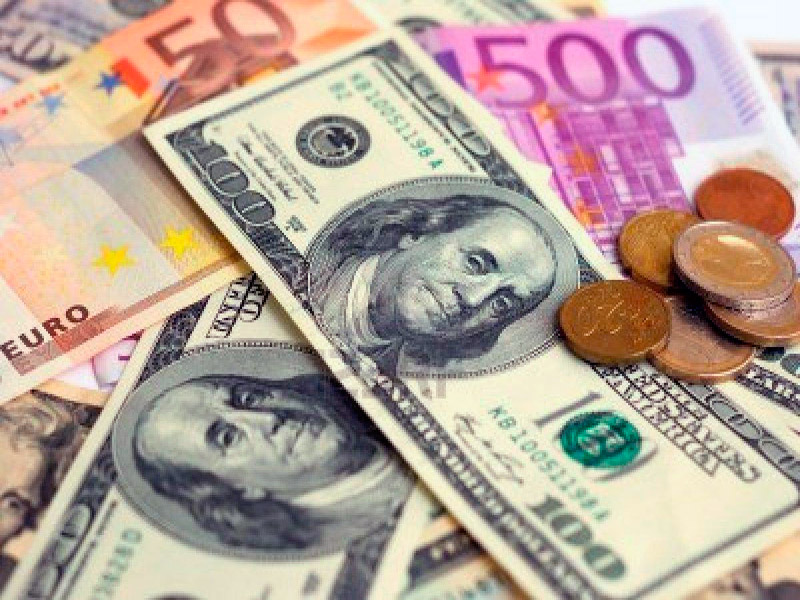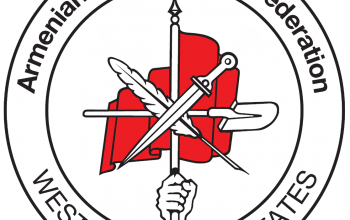By Ani Meljumyan, Eurasianet
Armenia’s currency continues to get stronger against the dollar, causing alarm among exporters. But the rise doesn’t seem to have done anything to suppress inflation or the prices of imported goods, leading to a heightening overall economic crunch in the country.
By June 30 the dram was trading at 407 to the dollar, up from the roughly 480-to-the-dollar rate it has hovered around for years. The dram has been steadily gaining value since March, when an influx of Russians into Armenia and a move to buy Russian gas in rubles rather than dollars led to an increase in hard currency in the country.
A group of business associations issued an open letter on June 24 calling on the government to take action to rein in the dram.
The rise in the dram “both in the short and long run has a huge negative impact on the Armenian economy, especially on export-oriented companies and related sectors, making sales more difficult and, at times, affecting their competitiveness in foreign markets,” the letter read. It said that exporters of food and drinks like wine, cognac, juice, and other agricultural products are selling at below cost in order to not lose customers, “which for obvious reasons can not last long.”
The IT sector also has been badly hit, as it depends heavily on customers abroad. The rise in the dram has weakened foreign investment in Armenia, as well, “as it is necessary to make 20 percent more foreign currency investment to achieve the same result, which in the long run will lead to great economic losses,” the associations argued.
The government has so far not taken any action. On June 14, the central bank decided to keep the refinancing rate unchanged, at 9.25 percent. It cited the need to control inflation, which has remained persistently high even as the currency appreciation should be making imported products cheaper.
Inflation is currently running at about 9 percent, and will likely continue to rise before dropping to 8 percent by the end of the year, Chairman of the Central Bank Martin Galstyan told reporters.
“There is a huge increase in international prices for essential commodities. Wheat prices, for example, are at an all-time high because of the Russian-Ukrainian war,” he said. Rent, too, has spiked as a result of an influx of Russians due to the war, and landlords trying to take advantage as a result.
Exporters, meanwhile, have been hit by another blow: the closure of the road linking Armenia to its main market for agricultural products, Russia.
The Stepantsminda-Lars highway in Georgia was closed on June 27 after heavy rains, stranding trucks full of Armenian fruits and vegetables destined for Russian shops.
“Various reports suggest that the road maintenance work may take one or two weeks. Now is the most active period for agricultural exports, so even a few days of delay will cause great damage to exporters and farmers,” economist Suren Parsyan posted on Facebook. “With the closure of the Upper Lars checkpoint, the devaluation of the dollar and the rise in fuel prices, exporters have already suffered great losses and will simply not sustain another blow; they will go bankrupt.”
The heaviest hit have been apricot exporters, as it’s high season for the fruit in Armenia. One apricot farmer from the village of Pshatavan posted on Facebook urging Armenians to buy apricots as farmers can’t export them. “Because Lars is closed, export companies are refusing to buy apricots and the fruit is rotting,” he wrote.
Originally published by Eurasianet




